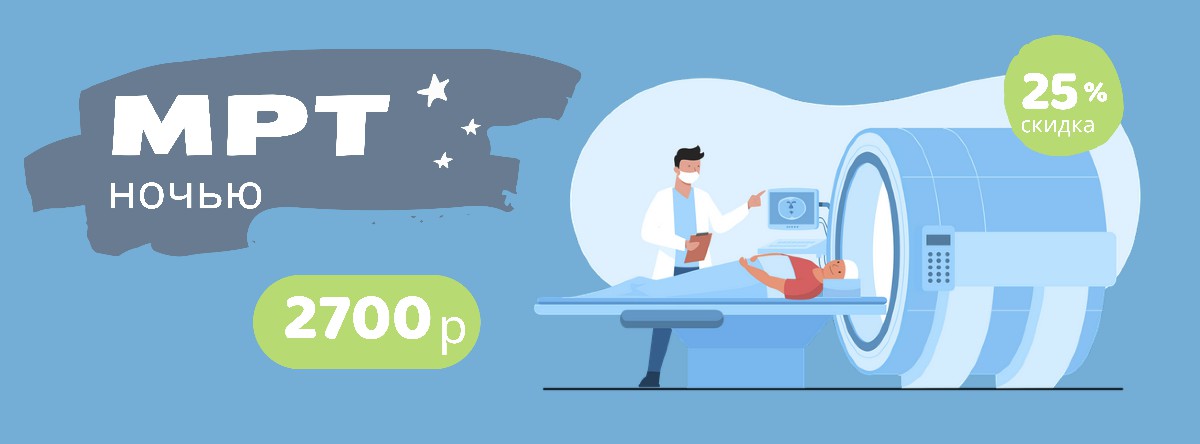Before the joint is punctured;

joint ultrasound
Ultrasound examination of the joint is a non-invasive and safe examination of the musculoskeletal system, which can be used to identify all diseases characterized by joint pain. This procedure can be repeated as often as you like. It is suitable for patients of all ages (including small children) and for pregnant women. If necessary, functional and stress tests are carried out (this depends heavily on the diagnosis in question). Our center has all the necessary equipment to provide you with complete and reliable information: professional quality equipment and competent medical diagnosticians.
| Ultrasonic | |
| joint ultrasound | |
| knee ultrasound | 800 |
| Ultrasound of the ankle | 800 |
| USG of the hip | 800 |
| shoulder ultrasound | 800 |
| Ultrasound examination of the elbow joint | 800 |
| Ultrasound examination of the wrist | 800 |
Indications for ultrasound examination of the joints
There are several indications for this examination

inflammation of the joint tissue;

cartilage and tendon problems;

Trauma to the joint (fractures of adjacent bones, ligament injuries, hematomas, tears, etc.).

dysplasia of the hip joint;

The need to determine the amount of synovial fluid;

Before performing a joint puncture;

need to confirm/confirm ligament hemorrhage;

Certain diseases of the internal organs.
Specialists recommend an examination at the age of 45-50 years.
Symptoms of tendonitis in the ankle
The main symptoms of tendonitis in the ankle are:
Tendonitis in the ankle is often caused by overloading the tendon. This can occur as a result of a particular sport. In other cases, ankle tendonitis may be a result of aging.
You can prevent tendonitis in the ankle by taking appropriate measures during sport, e.g. B. by stretching before exercise and taking breaks between exercises.
How ankle tendonitis is diagnosed
Ankle tendonitis can be diagnosed by an orthopedic examination. The orthopedist may recommend additional examinations, e.g. B. X-rays of the ankle or an MRI scan of the ankle to determine if the pain is caused by another condition.
In most cases, tendonitis in the ankle heals within a few weeks with proper care and protection. The condition can usually be treated at home. For the first few days after the injury, try to rest as much as possible, apply ice, and keep your ankle elevated. Take pain relievers and anti-inflammatory medications to reduce pain and swelling.
If your symptoms don't improve after a few weeks, your doctor may recommend surgery:
In severe cases, surgery is ordered to repair the tendon.
Read more:- Eccentric ligaments of the ankle.
- Damaged ligaments of the ankle photo.
- Damaged ligaments of the ankle.
- Damaged ligaments in the elbow joint.
- ligaments in the ankle.
- ligaments in the ankle.
- Ligament damage in the right ankle.
- The hock is the place where.
